Disclosure: This article contains affiliate links. We may earn a commission from purchases at no extra cost to you, which helps our travel content.
While San Francisco often steals the spotlight in the Bay Area's urban narrative, Oakland has been quietly revolutionizing itself into one of America's most dynamic urban landscapes. Having visited countless smart cities across the globe, I've developed a particular fondness for places undergoing authentic transformation. Oakland exemplifies this evolution—a city where industrial heritage, technological innovation, and cultural diversity converge to create neighborhoods with distinct personalities. During my recent weekend exploration, I discovered that beyond the revitalized downtown and trendy Temescal district lies a collection of neighborhoods that deserve far more attention than they receive.
West Oakland: Industrial Renaissance Meets Tech Innovation
Once the terminus of the Transcontinental Railroad, West Oakland carries a historical significance that resonates through its industrial architecture. What struck me immediately was how this neighborhood balances preservation with forward-thinking development—a hallmark of truly intelligent urban evolution.
During my exploration, I discovered The Crucible, an industrial arts education facility where traditional craftsmanship meets modern technology. Watching artisans use digital fabrication alongside centuries-old metalworking techniques perfectly encapsulates Oakland's approach to progress: honoring the past while embracing innovation.
The neighborhood's transformation is particularly evident in repurposed warehouses now housing startups and creative spaces. These adaptive reuse projects maintain the area's industrial character while injecting new economic vitality. As someone who's witnessed similar transformations in Berlin's Kreuzberg district, I recognize the early stages of an urban renaissance that still feels refreshingly authentic.
For optimal exploration, I found my electric scooter invaluable for covering West Oakland's expansive grid. The neighborhood's wide streets and industrial blocks are perfect for this mode of transportation, allowing me to discover hidden spots that would be missed by car or exhausting on foot.
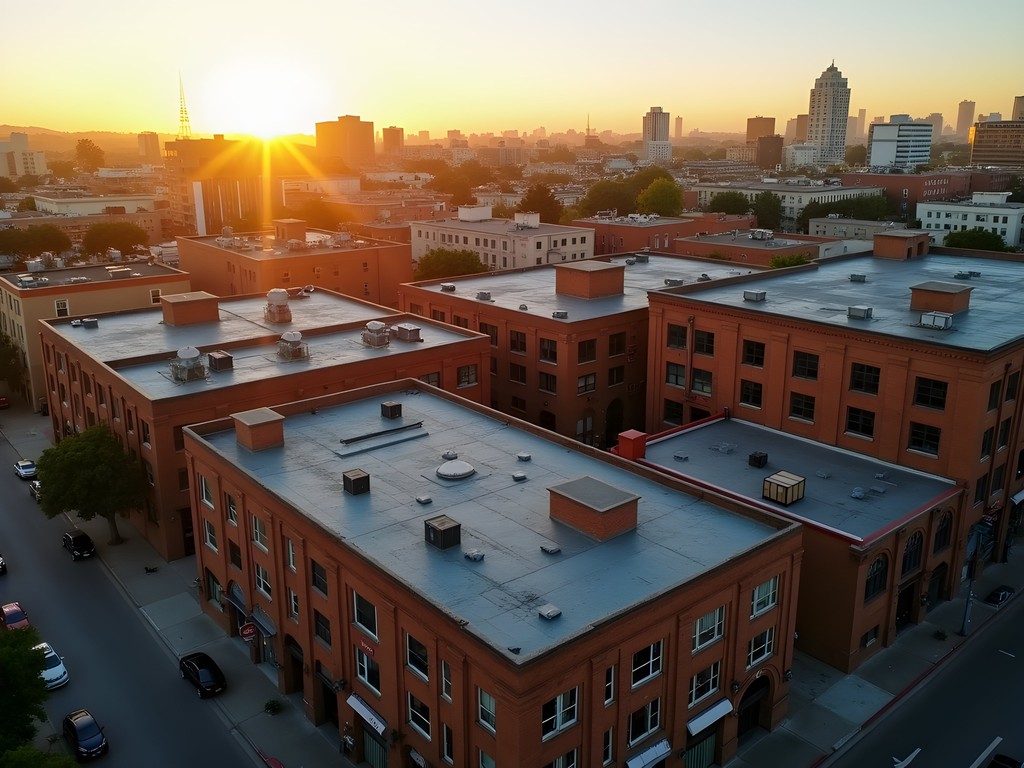
💡 Pro Tips
- Visit on First Fridays when many studios and workshops open to the public
- Check out the Oakland Yard wine shop for locally curated selections and neighborhood insights
- Explore early mornings to see the neighborhood's industrial architecture in golden light
Jingletown: The Creative Enclave You've Never Heard Of
Nestled along the Oakland Estuary, Jingletown represents the perfect case study in organic cultural development. This former industrial zone has transformed into an artistic haven without the aggressive gentrification that typically accompanies such evolution.
What immediately captivated me was the neighborhood's visual language—murals and mosaics adorn buildings at nearly every turn, creating an open-air gallery effect that rivals formalized art districts I've visited in Seoul and Helsinki. The Institute of Mosaic Art serves as the spiritual center of this creative energy, offering classes that connect residents with this distinctive art form.
The neighborhood's name originates from Portuguese and Azorean factory workers who would jingle coins in their pockets on payday—a historical footnote that speaks to Oakland's rich immigrant history. Today, this cultural diversity manifests in Jingletown's culinary offerings, from authentic Portuguese bakeries to innovative fusion concepts.
During my exploration, I stayed at a locally-owned loft through Airbnb, which offered a more immersive experience than conventional accommodations. The space—a converted industrial workshop—perfectly complemented the neighborhood's aesthetic and connected me with a local host who provided invaluable insights about the area's evolution.
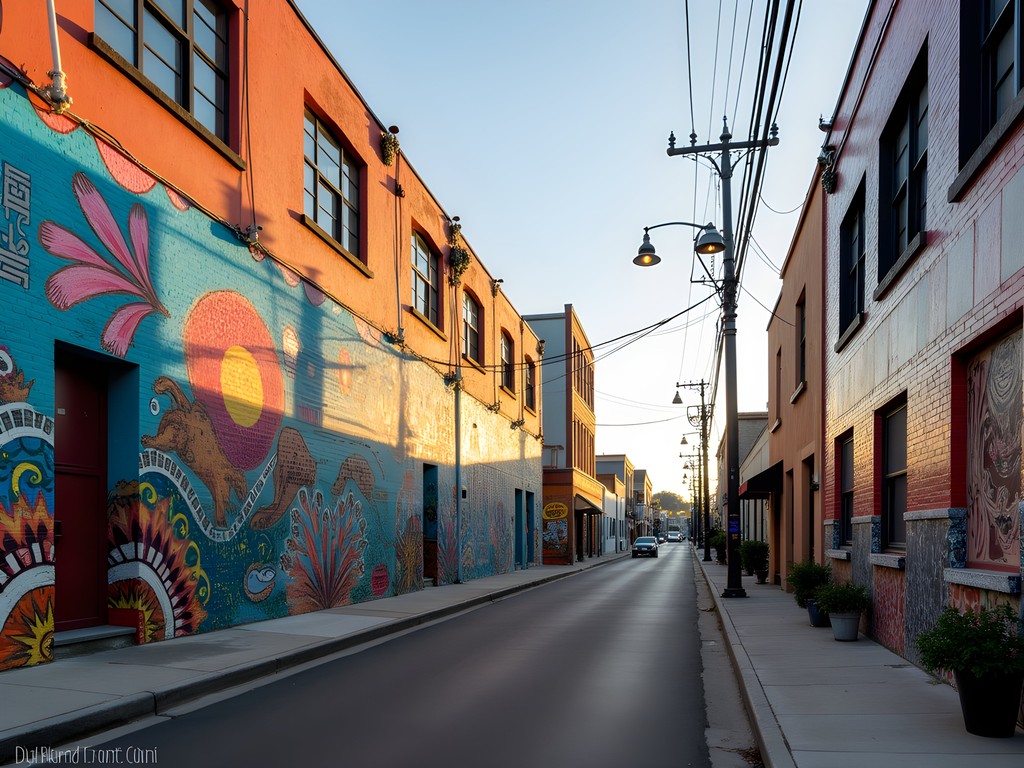
💡 Pro Tips
- Take the Jingletown Art Walk (self-guided with maps available online)
- Visit during sunset when the estuary reflects colorful skies and illuminated art installations
- Bring a reusable water bottle as the neighborhood has limited convenience stores
Fruitvale: Cultural Authenticity Beyond the Headlines
Fruitvale challenges the reductive narratives often applied to diverse urban neighborhoods. While many know it only through occasional news headlines, this vibrant district offers one of Oakland's most culturally rich experiences.
The neighborhood's International Boulevard serves as a living laboratory of urban economics—small businesses operate with remarkable resilience, adapting traditional models to contemporary challenges. As someone who analyzes global supply chains professionally, I was fascinated by the informal commercial networks that connect Fruitvale's businesses to global markets.
At the heart of Fruitvale stands the Transit Village, a smart urban development that preceded the current transit-oriented design trend by decades. This mixed-use complex integrates transportation, housing, and commercial spaces in a way that feels organic rather than imposed—a challenge many planned developments fail to overcome.
The culinary landscape here deserves special mention. I found myself returning repeatedly to the family-owned restaurants serving regional Mexican cuisine that goes far beyond typical American-Mexican offerings. For serious food explorers, I recommend bringing a insulated food container to take away some of these culinary treasures for later enjoyment—particularly useful for the homemade tamales that several vendors sell only during morning hours.

💡 Pro Tips
- Visit the Fruitvale Public Market on weekends for the best selection of regional foods and crafts
- Use the BART station as your starting point for a walking tour
- Try the fruit cups with chamoy and tajin from street vendors—a perfect refreshment during exploration
Dimond District: The Neighborhood Time Forgot
Perhaps Oakland's best-kept secret, the Dimond District presents an urban anomaly—a centrally located neighborhood that maintains a distinct small-town atmosphere despite its metropolitan setting. What immediately struck me was the area's remarkable walkability score, rivaling neighborhoods I've analyzed in Helsinki and Tokyo.
The district centers around a commercial corridor that exemplifies thoughtful urban planning principles. Local businesses predominate, creating an economic ecosystem that prioritizes community wealth building over extraction. Dimond's branch library functions as a true community hub rather than merely a book repository—a model of civic infrastructure I've rarely seen executed so effectively in American cities.
Oakland's topography reveals itself dramatically here, with the flatlands rising into hills that offer surprising vistas of the Bay. For urban hikers, Dimond Canyon Park provides an unexpected wilderness experience within city limits. I found my hiking daypack perfect for these urban-to-wilderness transitions, allowing me to carry essentials while exploring both the commercial district and adjacent natural areas.
What's particularly fascinating about Dimond is how it has maintained its identity despite proximity to more rapidly changing districts. The neighborhood demonstrates how organic development can outperform engineered gentrification in creating sustainable urban environments—a case study I've added to my ongoing research into authentic urban evolution.

💡 Pro Tips
- Visit La Farine Bakery early for their morning buns before they sell out
- Explore the network of urban stairs connecting the lower and upper sections of the neighborhood
- Check out Dimond Park's historic WPA-era facilities and creek restoration project
Laurel: The Next Frontier of Oakland's Evolution
The Laurel district represents Oakland's urban future in its embryonic stage—a neighborhood in transition that maintains authenticity while embracing incremental change. What distinguishes Laurel from areas experiencing rapid transformation is the pace of its evolution: measured and community-driven rather than developer-dictated.
MacArthur Boulevard serves as the district's commercial spine, where legacy businesses operate alongside new enterprises in a rare example of commercial coexistence. The neighborhood's business improvement district has implemented subtle but effective urban design interventions—pedestrian-scale lighting, strategic seating areas, and native landscaping—that enhance walkability without signaling gentrification.
During my exploration, I was particularly impressed by Laurel's approach to food security. The neighborhood hosts one of Oakland's most diverse farmers markets, supplemented by community gardens and urban agriculture projects. This emphasis on local food systems reminds me of similar initiatives I've documented in Berlin's evolving neighborhoods.
For those interested in urban photography, Laurel offers compelling visual narratives of city transformation. I relied heavily on my smartphone gimbal to capture smooth video documentation of the neighborhood's architectural contrasts and street life. This lightweight tool proved invaluable for creating professional-quality urban documentation without drawing attention or requiring elaborate setup.
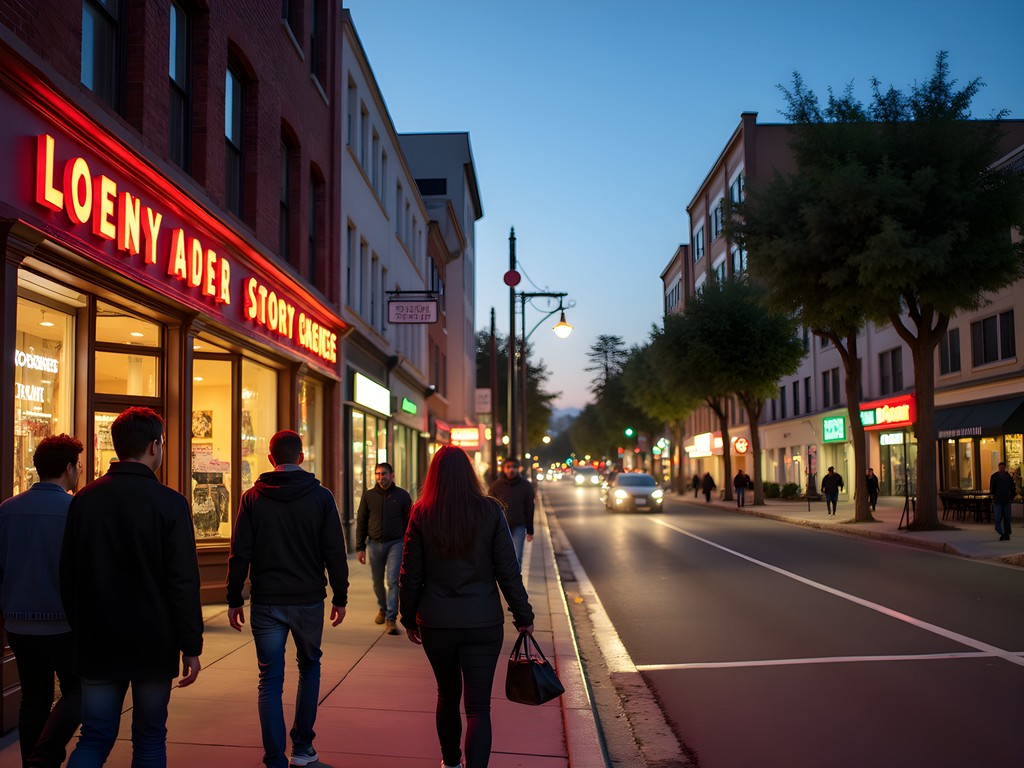
💡 Pro Tips
- Visit the Laurel Book Store for locally-authored works on Oakland's history and culture
- Explore side streets off MacArthur Boulevard to discover residential architecture spanning multiple decades
- Check community boards in local cafes for neighborhood events and walking tours
Final Thoughts
Oakland's underrated neighborhoods reveal a city undergoing transformation on its own terms—a refreshing departure from the formulaic urban renewal I've witnessed across many global cities. What makes these districts particularly compelling is their resistance to homogenization; each maintains a distinct identity shaped by history, geography, and community vision rather than developer templates.
For the urban explorer seeking authentic experiences, Oakland offers something increasingly rare: neighborhoods evolving organically rather than through prescribed redevelopment. The city demonstrates how industrial heritage, cultural diversity, and technological innovation can coexist without the erasure that typically accompanies urban change.
As I continue documenting the evolution of urban spaces worldwide, Oakland has earned a permanent place in my research. It stands as a counterpoint to the Silicon Valley-driven transformation occurring across the Bay—proof that cities can embrace progress while preserving the distinctive characteristics that make urban exploration rewarding. Whether you're a seasoned urban wanderer or simply seeking an alternative Bay Area experience, Oakland's hidden neighborhoods offer insights into how American cities might evolve more thoughtfully in the decades ahead.
✨ Key Takeaways
- Oakland's neighborhood diversity offers a more authentic urban experience than many over-touristed Bay Area destinations
- The city demonstrates how industrial heritage and innovation can coexist without erasure of character
- These underrated neighborhoods provide a window into urban development that prioritizes community vision over developer templates
📋 Practical Information
Best Time to Visit
year-round, though September-October offers ideal weather
Budget Estimate
$200-300 per day including accommodations
Recommended Duration
2-3 days
Difficulty Level
Easy

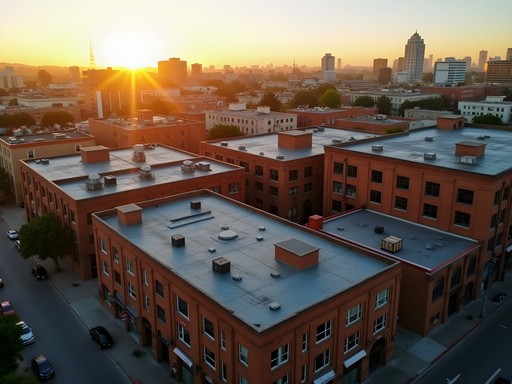
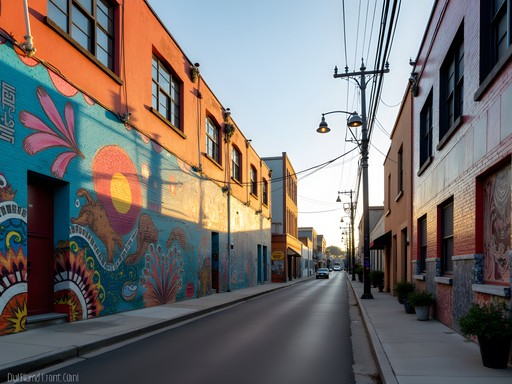


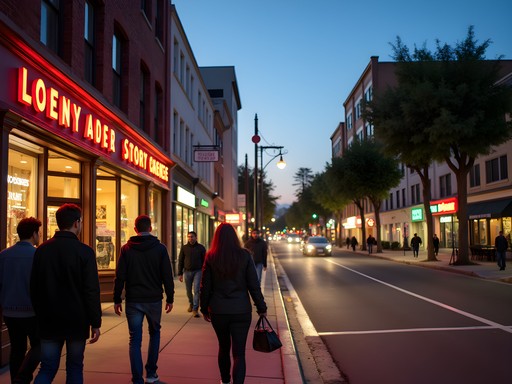




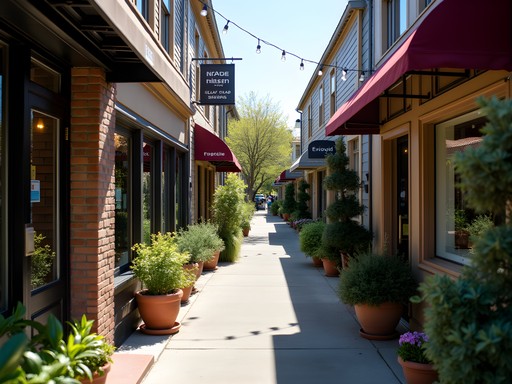

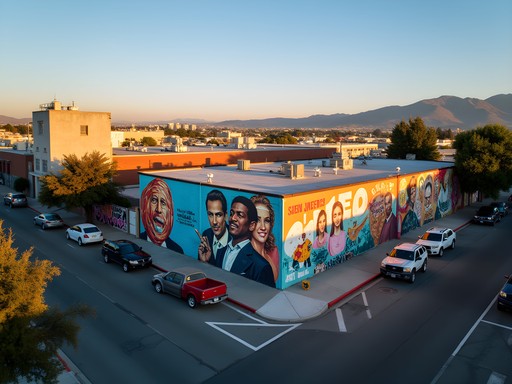



Comments
freelife
Love that mural shot from Jingletown! Is that near the Institute of Mosaic Art? The colors are incredible.
mountainqueen
Just visited Fruitvale based on this post! Those tacos at the market were AMAZING. Thanks for the tip!
coffeechamp
OMG THANK YOU for mentioning Red Bay Coffee in West Oakland!! Just visited last weekend and their Ethiopian pour-over changed my life!!! Any other coffee spots in these neighborhoods I should hit up?
summergal
Try Timeless Coffee in the Piedmont Ave area! They're all vegan too if that's your thing. And Highwire in Rockridge is another local fave.
winterseeker
Anyone know the best way to get around these neighborhoods? Is public transit reliable or should I rent a car?
freelife
We did BART + buses + occasional Uber. Worked great and way cheaper than renting. Parking looked like a nightmare in some areas.
greenpro
YES TO ALL OF THIS! Lived in Oakland for 20+ years and these neighborhoods are the real deal. Don't sleep on Temescal Alley either - tiny but packed with local makers. And the Laurel District is up next for the spotlight, mark my words!
Dylan Turner
Thanks for the Laurel District tip! That's going on my list for my follow-up piece. Would love to hear your local favorites there.
redwanderer
Just got back from Oakland and wanted to report back! West Oakland was exactly as you described - that mix of industrial and tech was fascinating. We stayed at an Airbnb in a converted warehouse and it was one of the coolest places we've ever booked. The BART access made it super easy to get around. The local tip about Brown Sugar Kitchen for breakfast was gold - best chicken and waffles I've ever had! Also spent an afternoon in Jingletown and was blown away by the art scene. Thanks for putting these neighborhoods on my radar!
smartstar
Brown Sugar Kitchen is legendary! Glad you enjoyed West Oakland. Did you check out the farmers market while you were there?
redwanderer
We did! Picked up some amazing local honey and the best peaches I've had in years. The community vibe there was so welcoming.
Douglas Bradley
Oakland's neighborhood evolution presents a fascinating case study in organic urban development. Having researched post-industrial urban transitions across North America, I find West Oakland's transformation particularly noteworthy. The tension between preservation and gentrification creates a unique cultural landscape that's absent in more curated urban renewal projects. The adaptive reuse of industrial spaces in Jingletown reminds me of early Williamsburg in Brooklyn, though with distinctly Californian characteristics. For visitors, I recommend exploring these neighborhoods via bicycle - the flat terrain and grid system make navigation straightforward, and you'll discover architectural details and community gardens that would be missed by car.
Jennifer Rodriguez
This post hits the nail on the head about Oakland's transformation. I did a budget-friendly weekend there last month and was amazed by the value compared to SF. For anyone visiting, I'd recommend getting the 72-hour Clipper Card for easy BART/bus access to all these neighborhoods. The Dimond District surprised me - found an incredible Vietnamese spot called Le Cheval that locals packed into. One tip: Oakland First Fridays in Uptown is worth planning your trip around if you want to see the city at its most vibrant. I stayed at a budget hotel near Lake Merritt and used my pocket guide which had great walking tours through several of these neighborhoods.
oceanbackpacker
Just got back from Oakland and hit up 3 of these neighborhoods. Fruitvale tacos = life changing! 🌮
wanderpro328
Which taco spot specifically? Heading there soon and need the insider info!
oceanbackpacker
Mi Grullense taco truck! Cash only but totally worth it. The line moves quick.
citygal
Love that you're highlighting Oakland instead of SF for once! Refreshing take.
Venture X
Premium card with 2X miles, $300 travel credit, Priority Pass